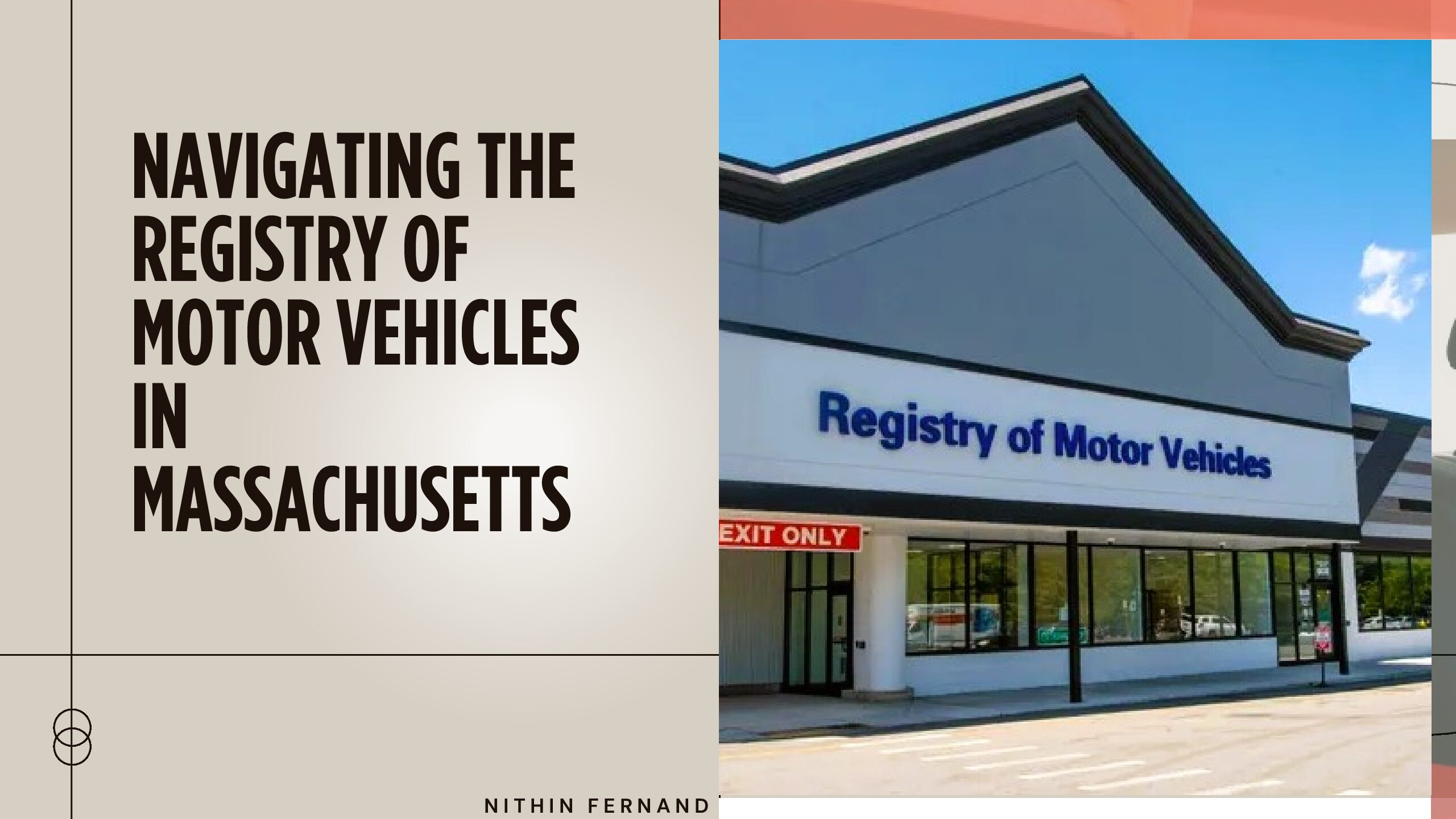2024 What Problems to Look for Buying Used Manual Vehicle?
Purchasing a used manual vehicle can be a smart and rewarding investment, offering benefits such as improved fuel efficiency, enhanced control, and typically lower purchase prices compared to their automatic counterparts. However, the key to reaping these advantages lies in selecting a reliable vehicle. A dependable manual car can provide years of enjoyment and utility, minimizing maintenance woes and preserving your investment’s value over time.
Despite their benefits, manual vehicles come with unique challenges that buyers must consider. From distinguishing signs of a worn-out clutch to detecting transmission issues, the potential pitfalls can be numerous. Without proper knowledge, buyers might overlook crucial details that could lead to costly repairs or inconvenient breakdowns.
With the right approach, a pre-owned manual car can be a wise and fulfilling choice, both economically and experientially.

This article aims to guide potential buyers through the essential steps of inspecting a used manual vehicle, empowering them to make informed decisions and secure a trustworthy purchase.
Table of Contents
1. Understanding the Basics of Manual Vehicles
Manual vehicles operate through a system where the driver actively engages gears using a clutch pedal and gear stick. Unlike automatic vehicles, which handle gear shifts effortlessly via a torque converter, manuals require manual intervention.
This involves pressing the clutch pedal to disengage the engine from the transmission, selecting the appropriate gear, and then releasing the clutch smoothly while applying throttle to re-engage power to the wheels.
Benefits of Manual Transmissions:
- Enhanced Control: Manual vehicles grant drivers greater control over the driving experience. This allows for precise gear selection, which can enhance performance in various driving conditions, such as navigating steep inclines or managing snowy roads.
- Fuel Efficiency: Typically, manual cars are more fuel-efficient than their automatic counterparts. The direct connection between the engine and transmission in manuals reduces energy loss, which can lead to better mileage.
- Lower Cost: Generally, manual vehicles often come with a lower initial purchase price and fewer mechanical parts susceptible to failure compared to automatic transmissions. Long term, they might result in lower maintenance and repair costs, making them an economical choice for budget-conscious buyers.
2. Initial Inspection Before the Test Drive

Conducting a thorough initial inspection is crucial when assessing a used manual vehicle. This step helps identify any potential issues that could affect the performance and value of the car.
Exterior Checks
Begin by examining the vehicle’s exterior for visible signs of wear and potential red flags:
- Rust, Dents, and Paint Inconsistencies: Inspect the entire body for rust spots, particularly in areas near the wheel wells, door edges, and undercarriage. Dents and paint inconsistencies may indicate poor maintenance or previous damage that needs attention.
- Previous Body Repairs: Look closely for signs of body repairs, such as mismatched paint or uneven surfaces. These could suggest past accidents, which might affect the car’s structural integrity and resale value.
Tires and Wheels
The condition of the tires and wheels can provide insights into the vehicle’s overall maintenance:
- Tread Wear and Uniformity: Check the tread depth across all tires to ensure even wear. Uneven wear can indicate alignment issues or insufficient tire rotation.
- Damages or Mismatches: Inspect for damages like cuts or bulges, and ensure all tires match in brand and size for optimal safety and performance.
Under the Hood
A peek under the hood can reveal important information about the vehicle’s mechanical health:
- Fluid Levels: Check the levels and conditions of vital fluids, including oil, coolant, and brake fluid. Proper levels and clean fluids suggest regular maintenance.
- Oil Leaks and Corrosion: Look for any signs of oil leaks or corrosion on the engine components. These issues could indicate neglected maintenance or more serious mechanical problems that may require immediate attention.
3. Interior Examination
Conducting a detailed examination of the interior can reveal hidden issues that might not be immediately apparent:
Seats and Upholstery
- Assess Wear and Tear: Inspect the seats for any signs of excessive wear, tears, or sagging. Pay attention to the driver’s seat, as it’s typically the most used.
- Unusual Smells or Stains: Check for any unusual smells, such as mold or mustiness, which might indicate water damage. Stains on the upholstery or carpet can also suggest past spills or leaks.
Dashboard and Electronics
- Indicators, Lights, and Gauges: Ensure all dashboard indicators, lights, and gauges are functioning properly. This includes checking the fuel gauge, speedometer, and any warning lights for engine, oil, or brakes.
- Air Conditioning and Heat: Test the air conditioning and heating systems to confirm they work efficiently and reliably, as repairs can be relatively costly.
4. Focus on the Transmission System
Examining the transmission system is crucial in a manual vehicle as it directly impacts driving performance:
Clutch Wear
- Signs of Wear: Look for signs of a worn-out clutch, such as a stiff pedal or a high biting point. A worn clutch might also slip, causing the engine to race without corresponding acceleration.
- Unusual Noises: Listen for grinding or squealing noises during gear shifts, which might indicate clutch or transmission issues.
Gearbox Condition
- Smoothness and Sounds: Test the gearbox for smooth and easy gear changes. Grinding sounds or difficulty in changing gears can signal potential problems.
- Engagement Issues: Difficulty in engaging or disengaging gears may indicate mechanical issues that require attention.
5. Suspension and Brake System

A reliable suspension and brake system is fundamental for safety and comfort:
- Shock Absorbers: Inspect the shock absorbers for leaks or damage. Worn-out shocks can affect the vehicle’s handling and ride comfort.
- Handling Over Bumps: Observe the vehicle’s responsiveness over bumps and during turns. It should handle smoothly without excessive bouncing or noise.
- Brake System: Check the condition of the brake pads and discs, and ensure the braking system responds promptly without pulling to one side.
6. Test Drive: Putting the Vehicle to the Test
A thorough test drive is essential to uncover potential issues with the car:
- Driving Conditions: Test the vehicle in various conditions, including highways, city streets, and different terrains, to evaluate overall performance.
- Unusual Sounds and Vibrations: Listen for unusual sounds from the engine or transmission, and feel for vibrations or pulling in the steering. These might indicate underlying mechanical issues.
how to buy repossessed vehicles for sale? and Tips for Buying Vehicles in 2024
Nithin Fernand
7. Additional Checks
Further checks can help ensure you’re making a well-informed purchase:
Vehicle History Report
- Past Records: Obtain a vehicle history report to understand its past usage and maintenance records. This can reveal any past accidents, recalls, or significant repairs.
Professional Inspection
- Mechanic’s Insight: Consider hiring a professional mechanic to perform a thorough inspection. This can help identify potential issues that may not be visible during a regular inspection.
Conclusion
In conclusion, each inspection step in purchasing a used manual vehicle plays a crucial role in ensuring you acquire a reliable and valuable asset. By carefully examining the exterior, interior, transmission, suspension, and brake systems, you can uncover potential issues before they escalate into costly repairs. The test drive serves as a practical confirmation of the vehicle’s overall condition, while additional checks, such as obtaining a vehicle history report and hiring a professional inspection, provide further assurance.
Balancing price with condition and your personal needs is essential to make a purchase that meets both your budget and lifestyle. Being informed about what to look for empowers you to negotiate effectively and choose a vehicle that aligns with your expectations and requirements.
Finally, using this guide as a checklist during your buying process not only enhances your confidence but also ensures long-term satisfaction with your purchase. A well-inspected and thoughtfully selected used manual vehicle can offer years of reliable service, enjoyment, and value.
FAQs
1. Are manual cars worth buying?
A manual transmission can be the best option for you if you enjoy taking control of your vehicle and being fully involved in the driving experience. A vehicle with an automatic transmission can be a better option if you’re seeking for one that’s easy to drive.
2. Do manual cars last long?
Compared to automatic gearboxes, manual transmissions require less maintenance and a different kind of oil to function properly. Stick-shift vehicles typically outlast automated vehicles of the same year and type.






